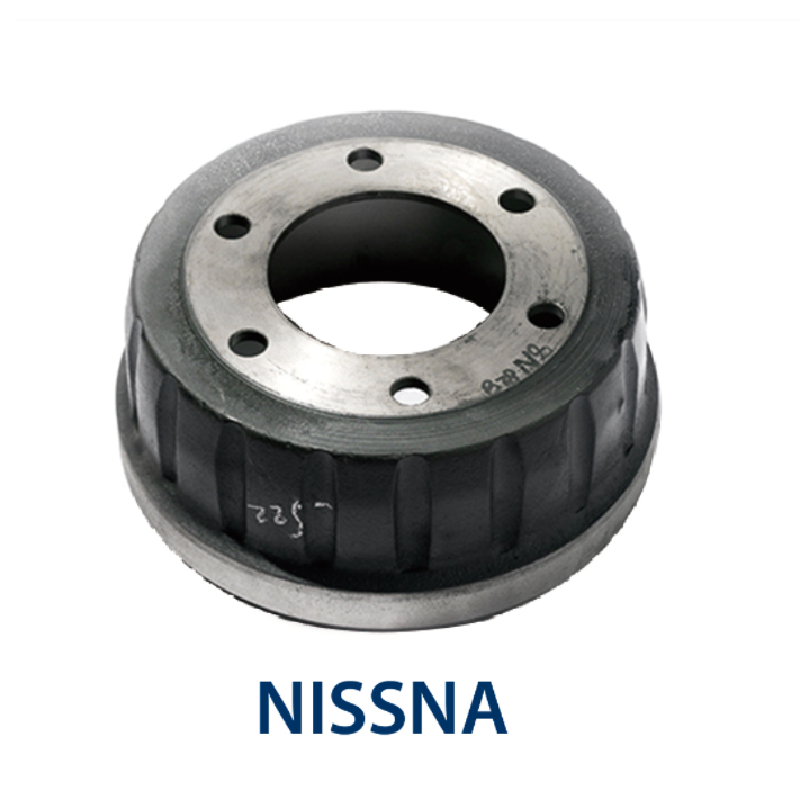Nov . 24, 2024 21:16 Back to list
why do brake drums rust
Why Do Brake Drums Rust?
Brake drums are a crucial component of a vehicle’s braking system, particularly in older cars still using this technology. While brake drums are designed to withstand significant wear and tear, one of the most common problems they face is rust. Rusting not only affects the performance of the braking system but can also lead to costly repairs. Understanding the causes of rust on brake drums is essential for vehicle maintenance and ensuring safe driving.
1. The Composition of Brake Drums
Most brake drums are made from cast iron or steel, both of which are prone to oxidation when exposed to moisture and oxygen. When the protective layer on these metals is compromised—either through wear or damage—they become vulnerable to rust. The combination of iron, moisture, and air leads to the formation of iron oxide, or rust, which weakens the structural integrity of the brake drum.
Brake drums are exposed to a variety of environmental conditions that accelerate rust formation. Rain, snow, and humidity are significant contributors. For instance, driving in rainy conditions can cause water to accumulate on the brake components, leading to increased humidity around the drums. Furthermore, road de-icing chemicals and salt used during winter months can exacerbate this issue. These substances can accelerate the corrosion process, especially if they linger on the vehicle after exposure.
3. Storage Conditions
Vehicles that are parked outdoors, especially in damp or coastal areas, are more susceptible to rusting brake drums. Humidity and moisture can persist in these environments, providing a continuous source for oxidation. In contrast, vehicles stored in dry, climate-controlled garages tend to have less rust on their components.
why do brake drums rust

4. Lack of Use
Interestingly, brake drums can rust even when a vehicle is not in use. When a car is parked for an extended period, especially in a humid environment, moisture can accumulate on the drums. Additionally, the lack of movement means that the protective brake pads do not make contact with the drum face, allowing rust to form without being worn away. This is often seen with classic cars or vehicles not driven regularly.
5. Deterioration and Maintenance Issues
Wear and deterioration of brake components over time can reveal bare metal on the drum’s surface, which is more susceptible to rust. Regular maintenance, including cleaning and inspecting brake components, can help identify any issues before they escalate. It’s also crucial to replace any components that show significant wear.
6. Preventive Measures
Preventing rust on brake drums requires a multi-faceted approach. Regular cleaning of the brake system can help remove dirt, moisture, and road salts, thus reducing the risk of rust formation. Applying a rust-inhibiting spray can also create a protective barrier against moisture. Additionally, ensuring that brake pads are replaced before they wear down to metal will help minimize exposure of the drum surface to the elements.
7. Conclusion
Rusting brake drums can lead to decreased braking performance and increased repair costs. Understanding the factors that contribute to rust formation is essential for vehicle owners to take preventive measures. Regular maintenance, awareness of environmental conditions, and proper storage can significantly reduce the likelihood of brake drums rusting. By taking these precautions, drivers can ensure that their braking systems remain in optimal condition, thereby promoting safer driving experiences. As with many aspects of vehicle maintenance, proactive measures are always more effective than reactive ones when it comes to preventing rust and ensuring longevity in brake components.
-
Scania Brake Drums: OEM Quality for Optimal Safety & Durability
NewsAug.16,2025
-
R.V.I: Advanced Remote Visual Inspection for Precision
NewsAug.15,2025
-
Discover HYUNDA: Innovative Vehicles, Equipment & Solutions
NewsAug.14,2025
-
R.V.I: Unlock Advanced Insights & Real-time Performance
NewsAug.13,2025
-
Kamaz Brake Drum: Durable & Reliable for Heavy Duty Trucks
NewsAug.12,2025
-
Heavy Duty Iveco Brake Drum - Premium Quality & Safety
NewsAug.11,2025
